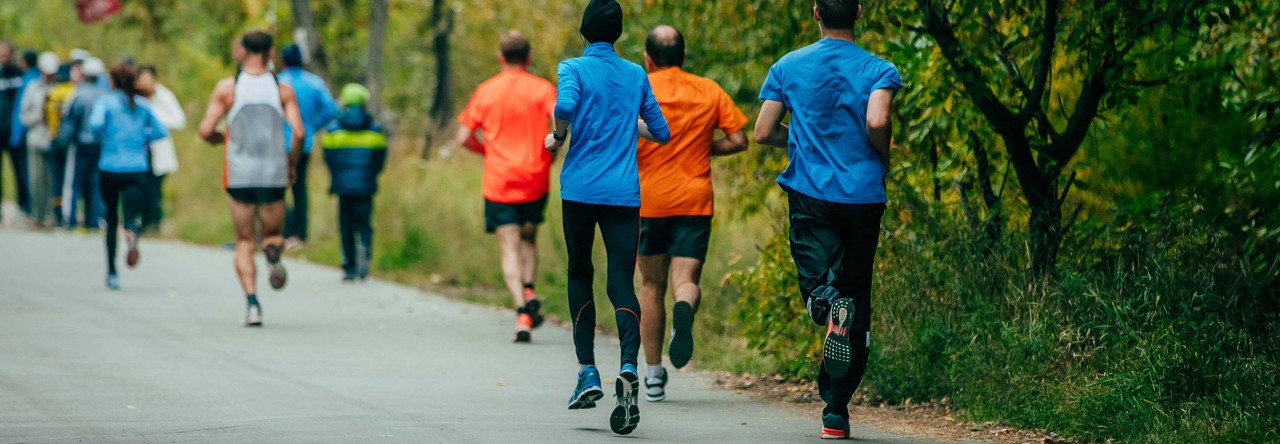
Stating my position regarding the topic on this very first line: running is not a fast way of walking.
There is an important phase in running that distinguishes it from walking: at walking there is always one leg in contact with the ground whereas at running there is a moment that both feet are in the air. That is how our body is evolved through evolution.
In another sense, running is a jumping activity. We leap from one leg to another. Putting aside right now how we leap and how we land (which in a nutshell defines exactly what I do as a PT specialised in running at Progressive Running), there are [habitual] movements at walking that can lead into inefficient running forms.
Funny to say, the other night I was watching a TV show with my wife in which some actresses were obviously told to walk in an exagerated perhaps-seductive way by lifting a hip at a time and dropping the other (so funny when my wife mocked that silly walking form!). Well, it looked like the creators of the show assumed the hip movement was a typical girlish walking gait. I guess many people might agree but to my knowledge that was not quite right. I knew two guys in the office with the same hip movement. More surprising is both of them were fit. How I noticed? I constantly observe [random] people’s walking and/or running gaits. I do it every where, on the streets, parks, or TV shows, etc. I am developing an eye for spotting deviation from some perfect form I have in my head.
My epiphany at the time of watching those girls’ form on the TV show was there are gaits, either made up by the individual or imposed by some trends in the society affecting both genders, which are potentially detrimental to running form and running economy.
The other day I spotted my wife’s feet dragging along the sides at walking, mainly the right foot. In the perfect model of walking I have in mind one should hold the moving foot pointing straight ahead after pushing off the ground, keping it under the body with knee pointing the same direction as toes do until the heel touches the ground. My wife’s feet were drawing a semi cricle on the sides (some people do that at running, letting feet fly around). I asked her on that and she said after a chuckle that she copied it from her best friend at highschool ages ago! That was a great learning for me, an insight into where a misalignment comes from.
Alright, people might have some moves that may not comply with those fancy perfect forms Rez has on mind, but what sort of problem could they cause? Well, for example going deeper in specific into that hip movement on the TV show, it would increase the range of motion of ITB muscle and that is not good at all. ITB, which is the abbreviation for Iliotibial Band is a long muscle from the iliac crest at the top of pelvis down to knees and attaches to tibia bone. It participates in abduction of legs (moving away form the body’s midline). Excessive movement of this muscle can cause trouble. Search the net for ITB syndrome for more info. Having said that, we normally squeeze our glutes at running which would eliminate or decrease the vertical hip movement on either side, but depending on how deeply this habit is infused in a person’s walking gait there can be trace of it at running that limits the extent of running activity the person can perform.
 All the fuss at Progressive Running is in fact about the potential limits you have, based on your overall form. Improve your form to eventually make sky your limit and it starts from subtle changes to major ones. You may not know how far you can go with your current form, maybe 100km! who knows, but am sure you could definitely do better if you improved your form.
All the fuss at Progressive Running is in fact about the potential limits you have, based on your overall form. Improve your form to eventually make sky your limit and it starts from subtle changes to major ones. You may not know how far you can go with your current form, maybe 100km! who knows, but am sure you could definitely do better if you improved your form.



